
EDELRID was founded in 1863 by Julius EDELmann and Carl RIDder. Julius Edelmann was a salesman and mountaineer. Carl Ridder was a technician, who specialised in braiding machines.
EDELRID started out manufacturing braids and cords and in 1880 presented their first braided fishing lines in Berlin. The biggest innovation came in 1953 when EDELRID introduced the world's first kernmantel rope. Hemp climbing ropes and rope breakage soon become a thing of the past. Then in 1964, EDELRID developed the first dynamic rope, the first rope capable of withstanding multiple falls. It became the forerunner of the modern dynamic climbing rope.
Since 1964 we have continued to innovate and push boundaries in climbing equipment manufacture and design. Below we have featured four of our most innovative products.
SWIFT PROTECT PRO DRY (RRP: £200 60m)
The first dynamic single rope with a sheath that includes aramid, for markedly increased cut resistance.
Thanks to a special processing method, the Swift Protect Pro Dry remains dynamic. Despite reinforcement with aramid and the overall higher sheath content, the impact force remains within the required standard. These characteristics make the Swift Protect Pro Dry the ideal lead climbing rope and the perfect companion for alpine climbing and mountaineering.
- Thermo Shield treatment for perfect handling
- When used as a single rope, not suitable for top-rope or workout climbing
- Long-lasting water-repellent and dirt-resistant, thanks to the Pro Dry finish
- Water absorption less than 2% as per UIAA Water Repellent Test
- 3D lap coiling enables instant use without tangles
- Higher sheath content and aramid processing for increased cut resistance under load, e.g. over sharp edges
- Certified as a twin, double and single rope
NINETEEN G QUICKDRAW (RRP £21/22 10/18cm)
After inventing the first stitched quickdraw in 1973, we have continued to innovate in this area of the market. The Nineteen G is the result of years of technical research.
The lightest carabiner on the market. The Nineteen G quickdraw will significantly reduce the weight of any rack. Ideal for alpine climbing or routes where every gram counts.
- H-profile construction ensures best possible use of material and minimal weight
- Lightweight wire gates reduce whiplash effect on gate in the event of a fall
- Minimal weight thanks to ultra-light Nineteen G carabiner and ultra-strong 11 mm Dyneema® quickdraw sling
- Available in two lengths (10/18 cm)
ACE (RRP: £110)
After creating the world's first sit harness in 1965, we have continued to push for lighter and more comfortable harnesses. The Ace offers the perfect balance of these requirements.
One of our flagship harnesses featuring our unique 3D-vent lite technology. The webbing in the waist and leg loops is split into multiple strands offering perfect weight distribution. Despite this the Ace offers the packabiliity of a normal laminate harness making it ideal for hard sport climbing or alpine routes.
- 15 mm Slide Block buckle on waistbelt for secure and comfortable fit
- 4 symmetric gear loops, attachment options for ice screw clips, chalk bag attachment loop
- The manufacturing in Germany allows individual fit due to the combination of different hipbelt and leg loop sizes
- 3D-Vent Lite technology: very good fit and wear comfort via HDPE (High-Density PolyEthylene) webbing in waist belt and leg loops that spreads load transmission and ensures maximum breathability without adding bulk
OHM (RRP: £110)
Our latest innovation the Ohm is an assisted braking resistor, designed to add friction into the belay system when there is a large weight difference between the belayer and climber. In the event of a leader fall the OHM slightly cams the rope, adding a small amount of friction into the belay system. This allows the lighter belay to easily hold a heavier leader fall.
- No moving parts, works solely on rope angle. This ensures smooth operation and a long lifespan
- Lowering a heavier climber is much easier to control
- The OHM attaches to the first bolt, replacing the quickdraw
- If the leader falls at the first bolt, the OHM significantly reduces the risk of ground fall
- Rope handling when belaying is not affected, paying out rope is just as easy as if the OHM wasn't present
- The reccomended weight difference between the climber and belayer is 10 - 40 kg
- Minimum belayer weight is 40 kg
- Suitable for use with 8.9 - 11.0 mm ropes

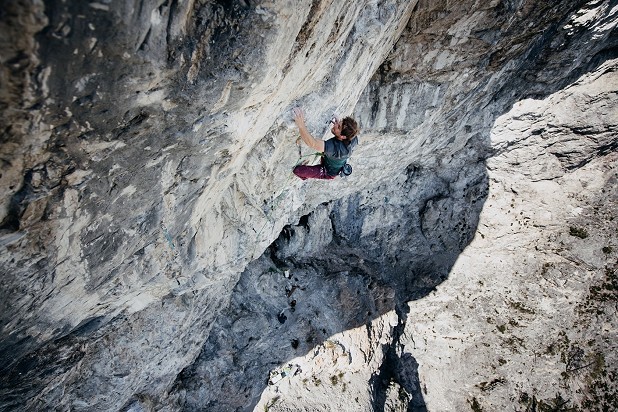
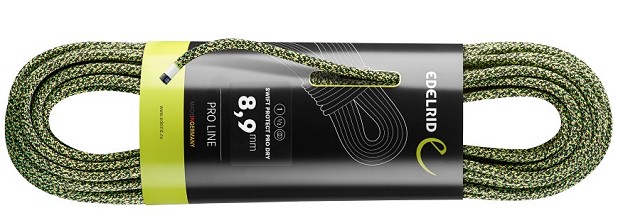
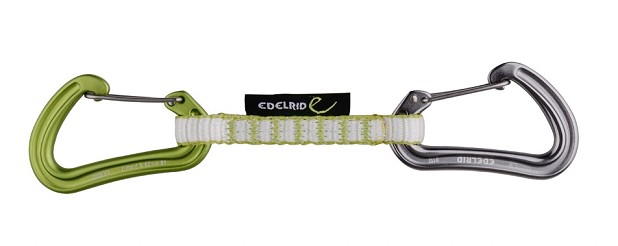

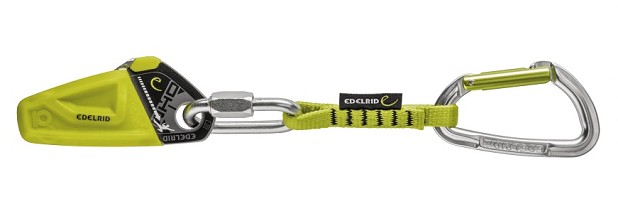

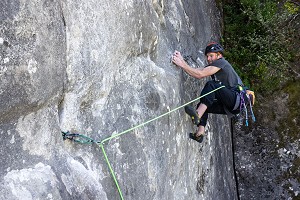

Comments
Big fan of the Ace, it’s nice to be able to get the leg loops and waist belt in different sizes! (Although the standard UK caveat of no shops stock those options)
The Ace also did well within our Lightweight Sport Harness Group Test, which we published last year: https://www.ukclimbing.com/gear/climbing/harnesses/lightweight_sport_climbing_harnesses-11798
When it comes to stockists, I'm sure that they're trying their hardest to get more on board :-)
The biggest-ever advance in climbing safety was the invention of nylon ropes in the late 1930s and their adoption by climbers immediately after WW2. Ordinary hawser-laid nylon rope was dynamic and withstood endless numbers of falls. I've taken and held many of them. Edelrid invented kernmantel ropes, which were simply nylon ropes with a different construction. Yes, they're nicer to use and their properties can be tweaked by varying the construction, but it's a bit rich for them to imply, as the article seems to, that they're solely responsible for the great change which had already taken place.
Loads of stockists, very few in the UK holds all the size options, the variant sizing being one of the very good features of the ace.